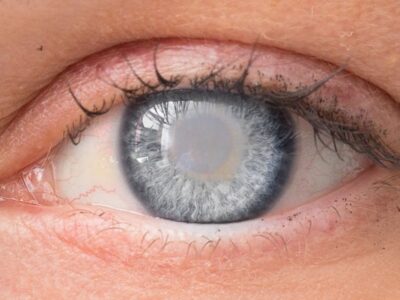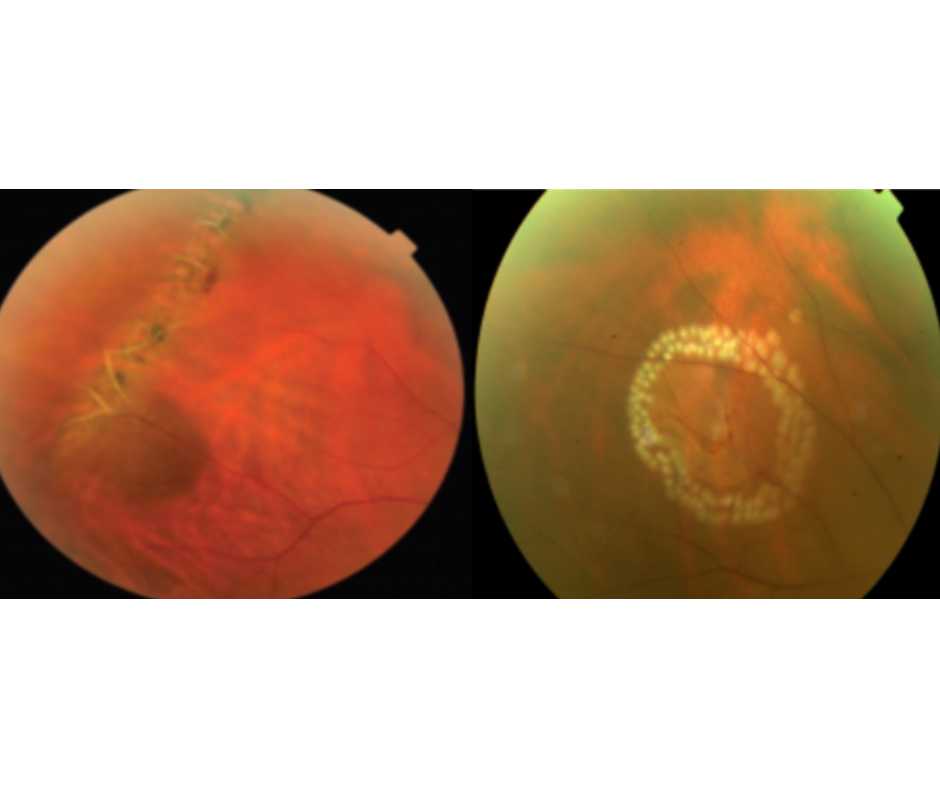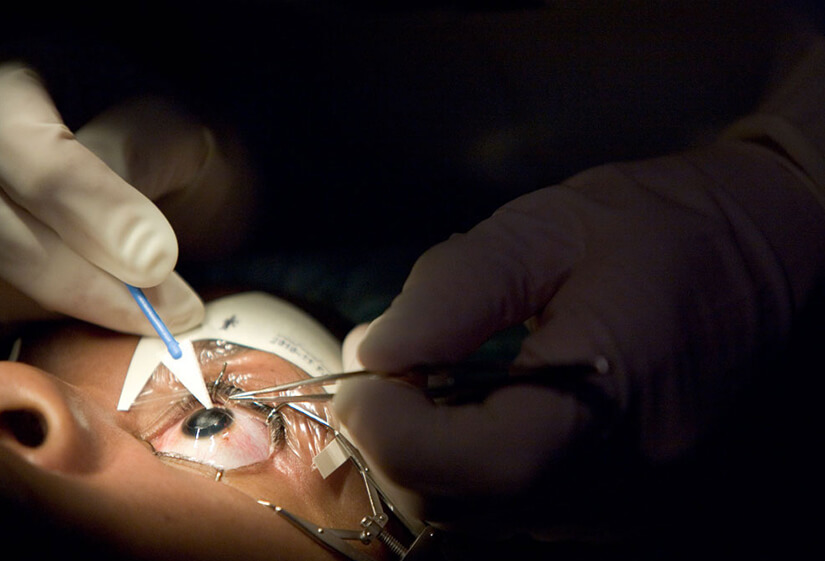Introduction:
Presbyopia,is the natural aging process that affects near vision, affects millions of people worldwide. But fear not, as modern medicine offers effective solutions farewell to reading glasses. d after t
Presbyopia:
Presbyopia occurs when the lens of the eye loses its flexibility, making it difficult to focus on close-up objects. This typically becomes noticeable around the age of 40 and progressively worsens with time. While reading glasses or bifocals have long been the traditional solution, presbyopia surgery offers a more permanent fix.

Types of Presbyopia Surgery:
- Refractive Lens Exchange (RLE): RLE involves replacing the eye’s natural lens with an artificial intraocular lens (IOL) that corrects presbyopia. This procedure is similar to cataract surgery and can provide excellent near and distance vision without the need for reading glasses.
- Corneal Procedures: Several corneal procedures, such as monovision LASIK or PRK, can correct presbyopia by adjusting the shape of the cornea in one eye to focus on near objects while leaving the other eye focused on distance vision.
- Conductive Keratoplasty (CK): CK uses radiofrequency energy to reshape the cornea, improving near vision. This minimally invasive procedure is often preferred by individuals who are not suitable candidates for LASIK or RLE.
Benefits of Presbyopia Surgery:
- Freedom from reading glasses: Presbyopia surgery reduces or eliminates the need for reading glasses, providing clear vision at all distances.
- Presbyopia surgery provides a permanent solution to near vision problems, unlike reading glasses, which require constant wearing and replacement.
- Improved quality of life: With clearer vision, individuals can enjoy activities such as reading, using digital devices, and participating in hobbies without the hassle of glasses.
Risks and Considerations:
While presbyopia surgery is generally safe and effective, it’s essential to consider potential risks and side effects, such as:
- Risk of infection or inflammation
- Glare or halos, especially at night
- Overcorrection or undercorrection of vision
- Potential need for additional enhancements
It’s crucial to discuss these risks with your eye surgeon and undergo a comprehensive eye examination to determine the most suitable treatment option for your individual needs.
Author Details:
Dr. Sushruth Appajigowda holds a prominent position as a Cornea, Cataract, Glaucoma, and LASIK Surgeon in Bangalore. He serves as the chief Cataract and Refractive surgeon at Vijaya Nethralaya Eye Hospital, Nagarbhavi Bangalore. Renowned as one of the finest LASIK surgeons nationwide, he brings with him over 12+ years of experience across multiple LASIK platforms, including ZEISS, ALCON, SCHWIND, AMO, and Bausch and Lomb. Having successfully conducted over 5000 LASIK procedures, Dr. Sushruth holds the title of a Certified Refractive Surgeon and a Fellow of the All India Collegium Of Ophthalmology. Furthermore, he stands as a distinguished speaker at various National and International Forums, using his expertise to guide you in selecting the most suitable procedure based on your health requirements.

http://vijayanethralaya.com/link-in-bio/
Conclusion:
Presbyopia surgery offers a life-changing solution for individuals struggling with near vision problems. Whether you opt for refractive lens exchange, corneal procedures, or conductive keratoplasty, the goal is the same: to achieve clear vision at all distances without the need for reading glasses. By understanding the types, benefits, and risks of presbyopia surgery, you can make an informed decision to reclaim your vision and enhance your quality of life. Say goodbye to reading glasses and hello to a clearer, brighter future with presbyopia surgery.











